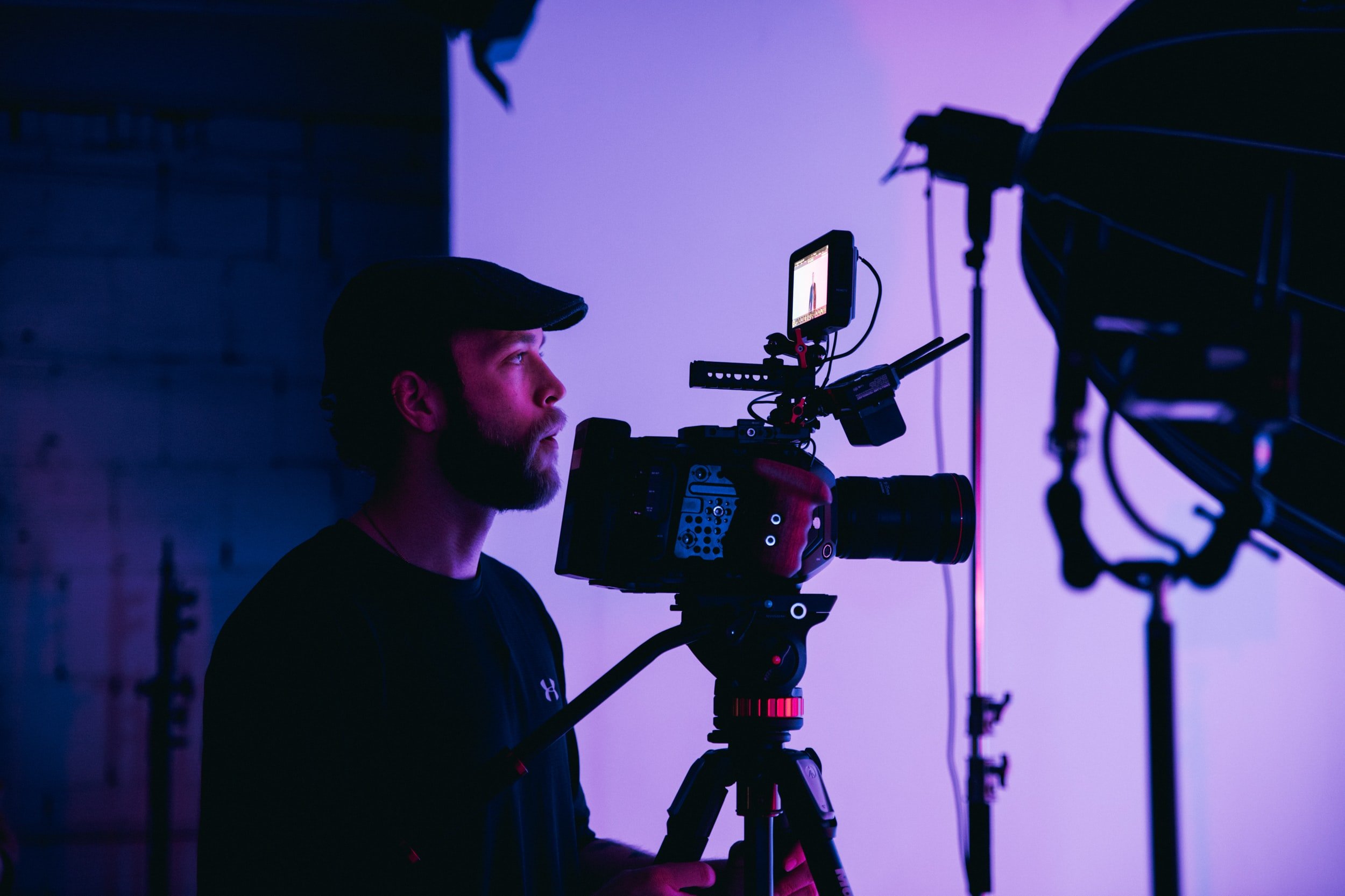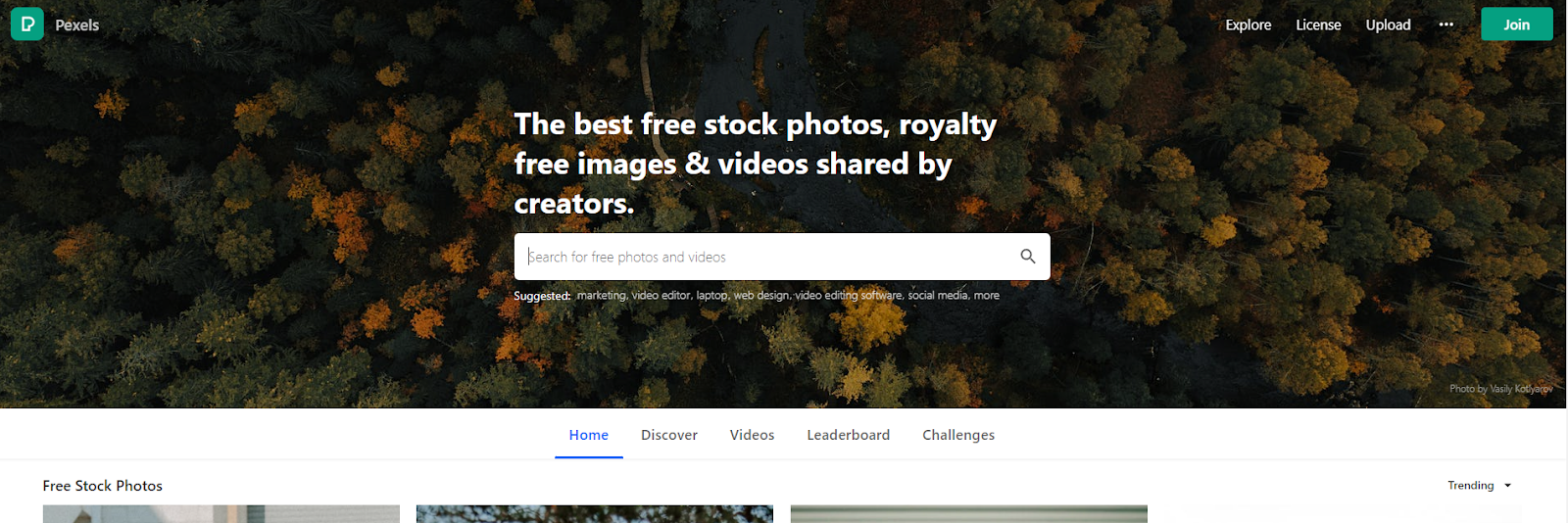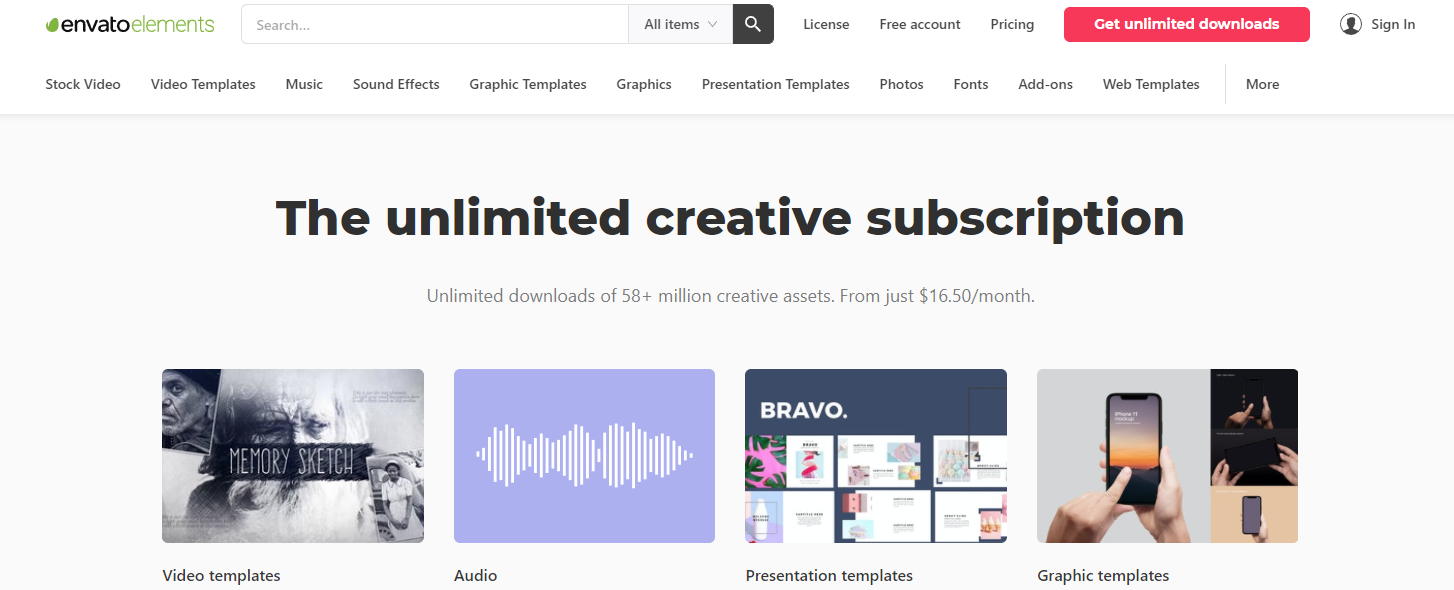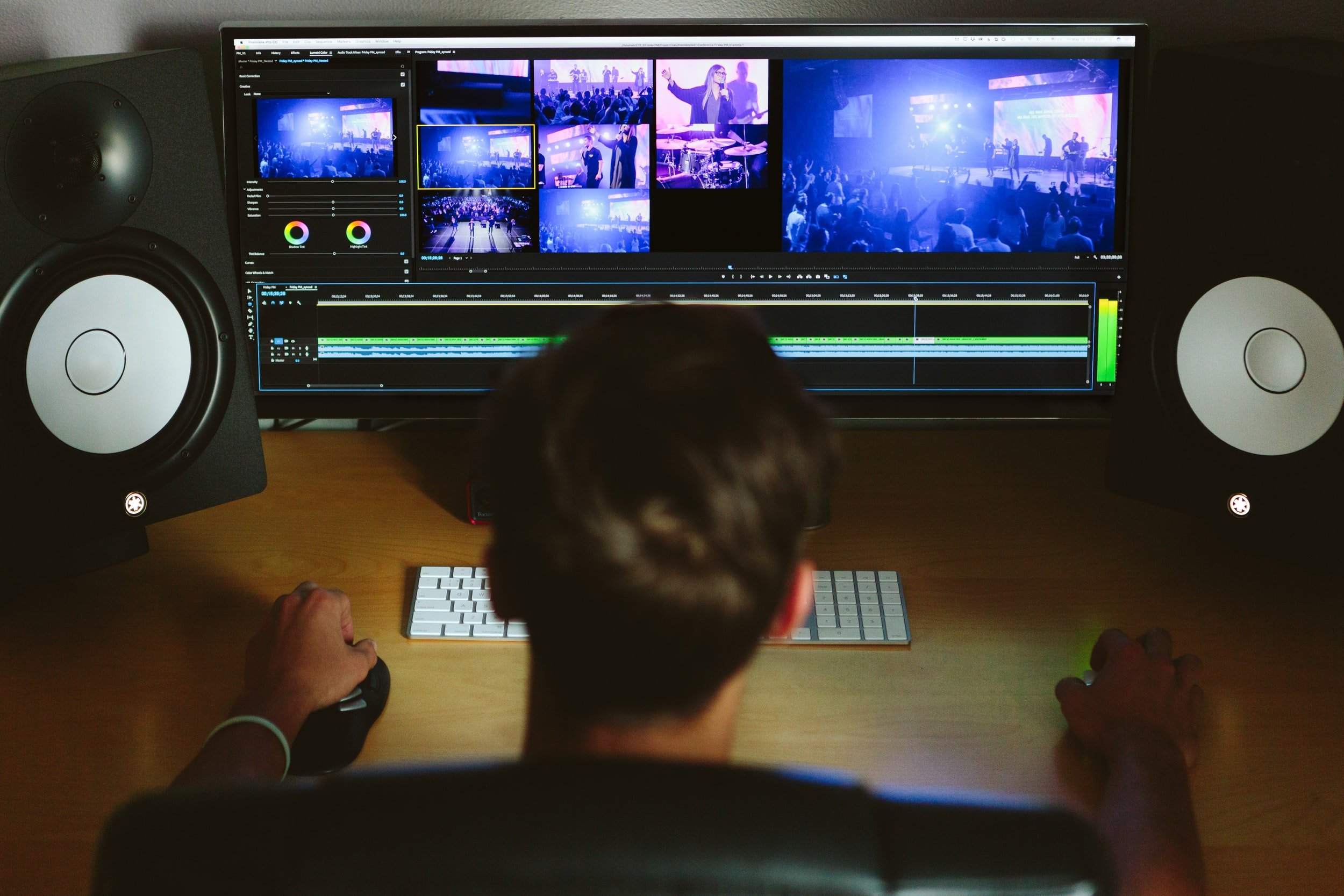Video marketing as a strategy should be considered by all business owners. Advertising your business through video is one of the most effective and preferred ways of advertising. With that being said, having your video advertising campaign stand out from the rest is critical. Here below is a catalog of some of the best types of video ads to grow your business. In each section, we’ll focus on a key factor to keep in mind when you plan and create your next video ad!
The first few seconds count the most!
The first 3 seconds of your ad are the most important. You want to grab your audience’s attention and instantly create brand awareness. Those first few seconds will be the deciding factor on whether someone will be focused on your ad or be completely distracted from the video.
Start your video with a statement that will grab your audience's attention and visuals that spark an interest in your target market. You could use those first few seconds to hook your audience by addressing a common problem, asking a relevant question, or by sharing something about your brand that makes it stand out from the rest.
This Facebook Ad from Colgate is a great example of asking a relatable question and connecting it to your brand whilst addressing a common issue. The goal of the EveryDropCounts campaign was to attach the authority of Colgate as a brand to bring attention to a problem that relates to their brand.
Keep it short
The majority of ads online are 30 seconds or less. You’ll want to definitely avoid turning your ad into a short documentary. The 15-second ad is the new commercial break.
Because of this, you’ll have to be creative to stand out from the pact of 15-second commercials flooding platforms such as YouTube or Facebook. Choose a unique format or style that will allow your brand to promote itself. Put together a robust plan and create a script and storyboard that includes the most important components you would like to include in your spot.
This 15-second commercial from Ember used creative sound design to hook their audience. Their soundtrack and sound effects added character to their ad and increased memorability which is a powerful tool for brand image and recall.
Keep them watching!
If you want a viewer to engage with your video, design your video in a way that prioritizes viewer retention. By doing this, your viewer will be less likely to hit the skip button once they’ve “got the message” and instead be willing to watch the video all the way through to see the video's resolution.
You already have the upper hand here if you plan to create a 15-second or less commercial but starting out strong only to transition into a sales pitch won’t do wonders for your brand standing out from the rest. The video should not only hook someone at the beginning, but it should compel someone to keep watching!
Take this short ad from Jeni’s Splendid Ice Creams on YouTube. They used the product demonstration approach to advertise their “Build Your Own Ice Cream Sandwich” service. By doing this, they aim to keep their target audience salivating-ly watching until the end of the demonstration to see the final product form.
Tell a Story
Your ad shouldn’t just be to advertise your product, brand, or service. There should be a reason why a person should choose you rather than someone else! A great way to leave such a lasting impression through advertising is by telling a rewarding story to the viewer.
In today’s busy world, getting someone to invest even 15 seconds out of their day to watch your advertisement can be a challenging undertaking. If you want great engagement with your ads, get the viewer intrigued by your story.
Canadian Tire and Cleansheet Communications used creative and engaging storytelling to great effect in their spot titled “Wheels” in 2017. During that time, the ads response was incredibly positive and even garnered 138 million collective views at one point.
End with a Call to Action
Just like the first 3 seconds, the ending of your video is just as important. Having brand awareness and a strong Call to Action at the end of your advertisement is incredibly important as it can often be the deciding factor for a potential consumer.
Encourage your target market to take some sort of action at the end of your advertisement. This can be either done with creative text, a graphic, or even a filmed scene specifically for the call to action. An example of a strong call to action is to show viewers how they can visit your website for more information or show viewers where they can purchase your product or service.
This 15-second ad from Choice Hotels used their tagline for their commercial to advertise their service in their call to action at the end. Using a memorable piece of their advertisement such as “NeedaBreak” as part of the call to action is an effective way to engage the viewer at the end of your commercial.
Conclusion
Video ads are one of the most powerful tools any business can use to increase their brand awareness. Remember that the first and last few seconds of your ad are the most important. Keep it short, easy to digest, and engage with your audience by motivating them to keep watching through with a rewarding story. Keep all these key points in mind and look through our curated list above when you need some effective examples!
Written by Zeeshan Khamis
-
If you need help creating your own videos, we offer video production services that will help you grow your business!
We look forward to being a part of your success :)












